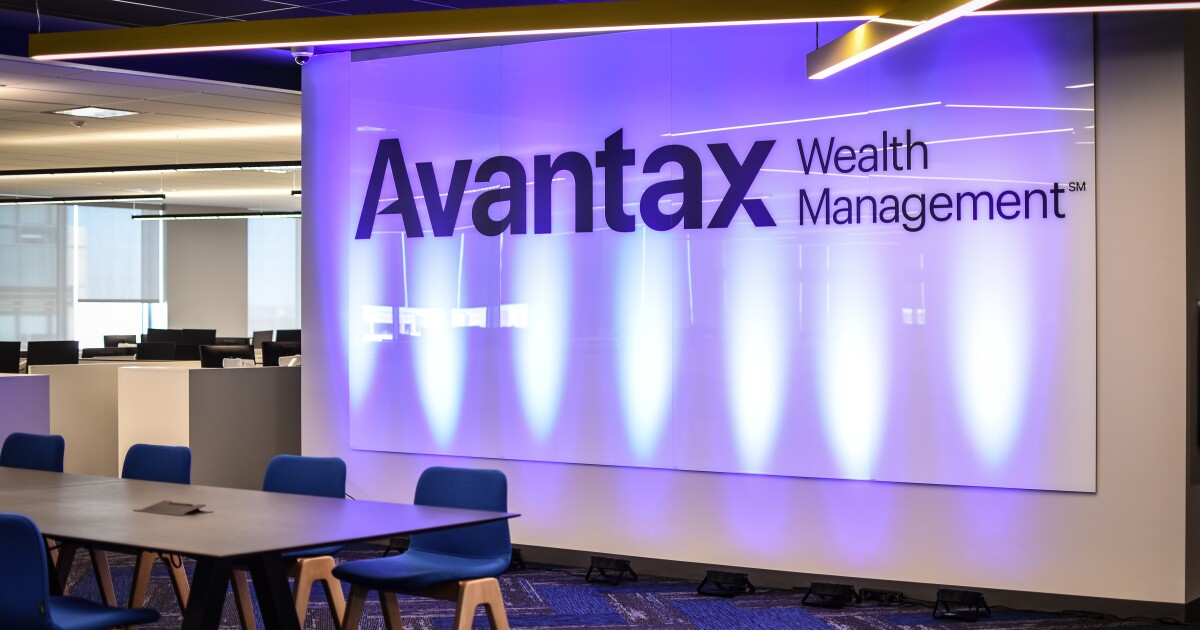
Four ex-Avantax executives who completed
After Cetera Holdings — the Genstar Capital-backed parent company of Cetera Financial Group — closed the deal taking Avantax private
As a result of “golden parachute” severance plans in their contracts, the quartet earned $35.1 million in cash and equity on the deal,
READ MORE:
The terms of executive
With Cetera rival Osaic securing an agreement this week for what’s likely to be the largest deal in the channel next year
Buyers and sellers often display some “meaningful differences” in the level of cash at close, John Langston, the managing partner of wealth management M&A investment banking firm
“It’s important, I feel, to have a sale process so you see what is available,” Langston said. “The specific circumstances and the strategy of your investment banker has a big impact on how this plays out. There are definitely trade-offs between consideration at close and longer-term compensation.”
Immediate payouts are “critical in private transactions but not the sole consideration,” Brandon Kawal, principal of management consulting and transaction advisory firm
“We coach our clients to focus on linking who benefits from consideration at different times,” Kawal said. “For example, founders might do well with short-term consideration based on their timelines, but the next-gen team might be more interested in long-term upside. This dynamic will define M&A moving forward. For this specific transaction, I think you see this at play. The shareholders are doing well through a share-price premium, and an executive team has an outcome. The long-term upside for clients and advisors is the combined scale of the organization.”
Representatives for Los Angeles-based Cetera and Dallas-based Avantax declined to comment on the executive compensation in the deal beyond the firm’s public filings.
READ MORE:
Cetera’s acquisition fulfilled the criteria of a “qualifying termination” for the Avantax C-suite, which means the executives are entitled to at least four different types of benefits, the full vesting of their equity and the satisfaction of “all performance conditions,”
The payouts come with strict non-competition, solicitation and recruitment restrictions, though. As part of the severance, the length of the restrictive covenants doubled to two years for all of the executives except for Walters, whose period extended to 30 months.
In exchange, the executives’ benefits entail: payouts of two times the sum of their base salaries plus their target annual bonus (or 2.5 times that amount in the case of Walters); any unpaid cash bonuses; a cash bonus based on their number of calendar days with the firm this year; and the aggregate of 24 times their monthly premiums for Avantax’s group healthcare plan.
“Under the executive change of control severance plan, executive officers are eligible to receive severance benefits if the executive officer is involuntarily terminated (other than for death, disability or ’cause’), or terminates his or her own employment for ‘good reason’ (each as defined in the executive change of control severance plan and described below) during the 24 months following or, if the termination is in connection with the merger, the two months preceding a change of control (a ‘qualifying termination’),” the proxy stated. “The merger will be a ‘change of control’ as defined under the executive change of control severance plan.”
READ MORE:
The acquisition by Cetera, the
Asked about any differences between consolidation among independent brokerages as compared to registered investment advisory firms, Langston said there is, “much more consolidation among large brokerages. The model needs increasing scale to be profitable.”
While RIA M&A “is still primarily driven by talent and client goodwill” and “absolute size and scale drive valuation premiums in the RIA space,” the size and scale of brokerage businesses “could determine survival,” Kawal agreed.
“This transaction is an example of where a ‘new middle’ could form in [wealth management] M&A,” Kawal said. “Avantax is large, but the strategic decision was likely that more value is created by going private and combining with a larger private platform. This could happen in the RIA space as current investors evaluate options for large firms that have not paced the most scaled incumbents.”




